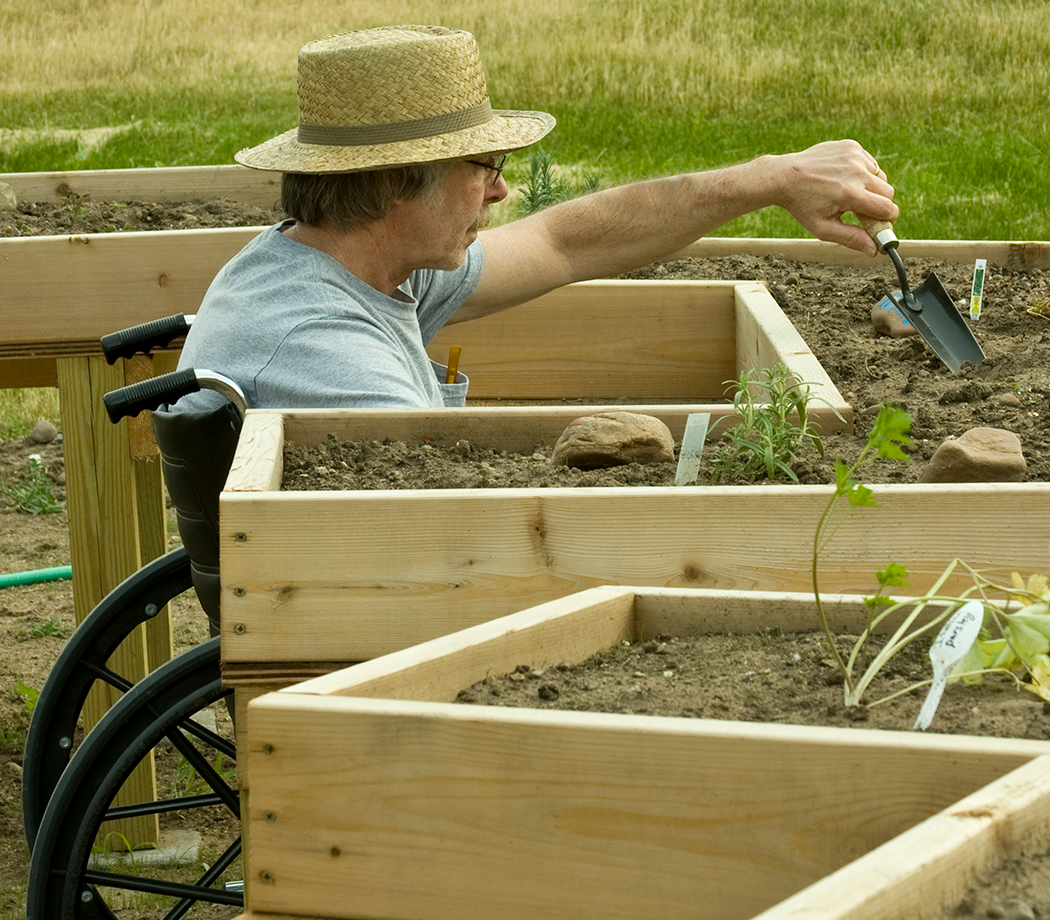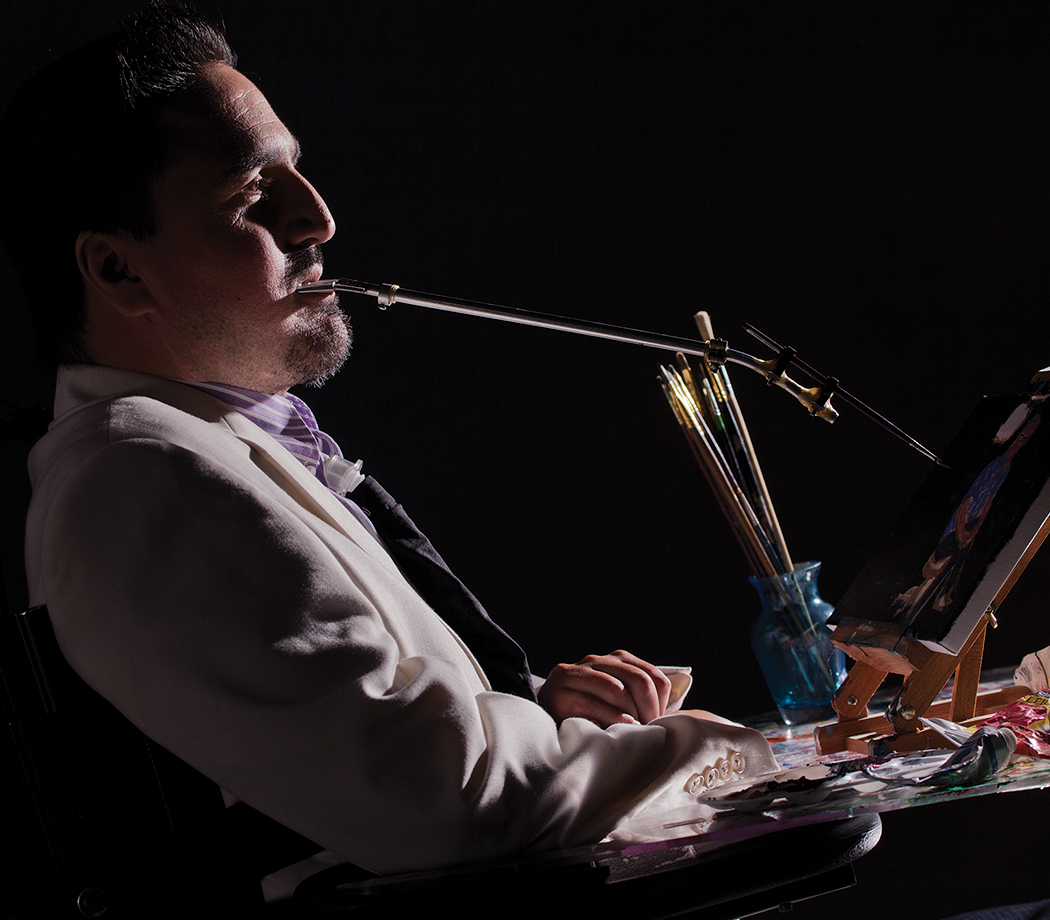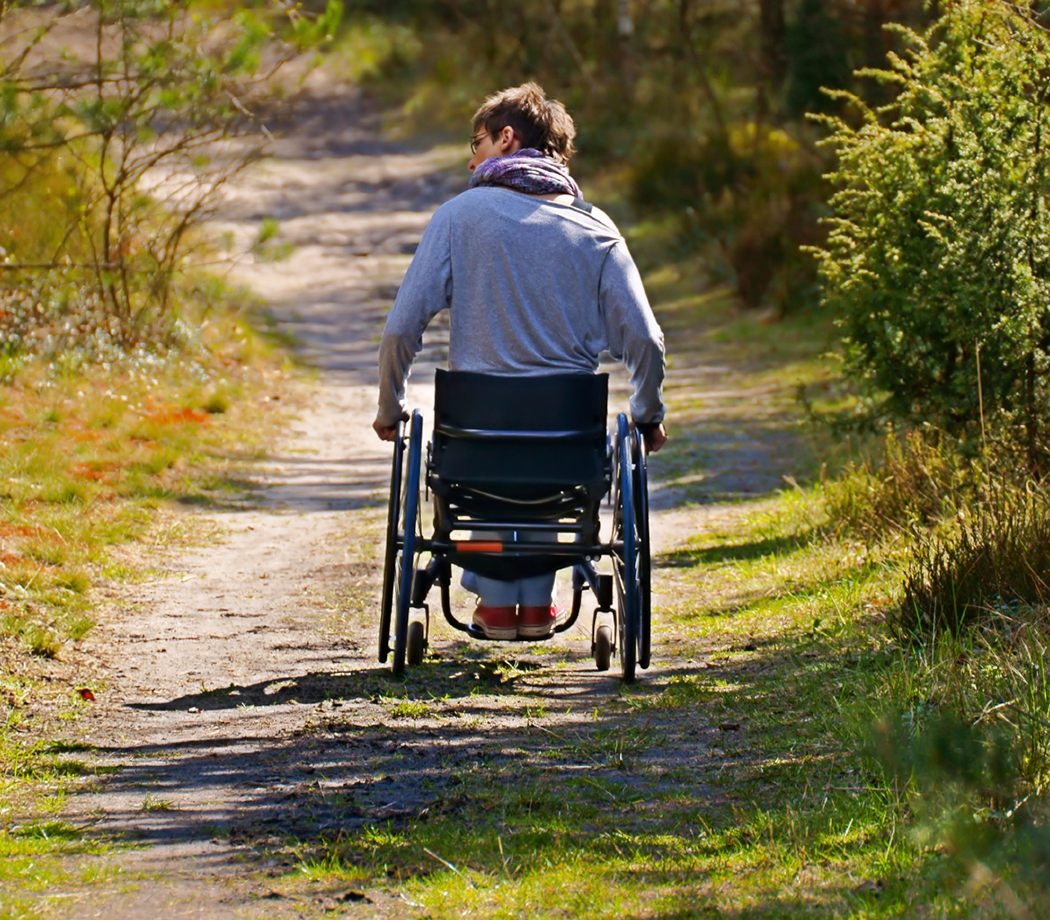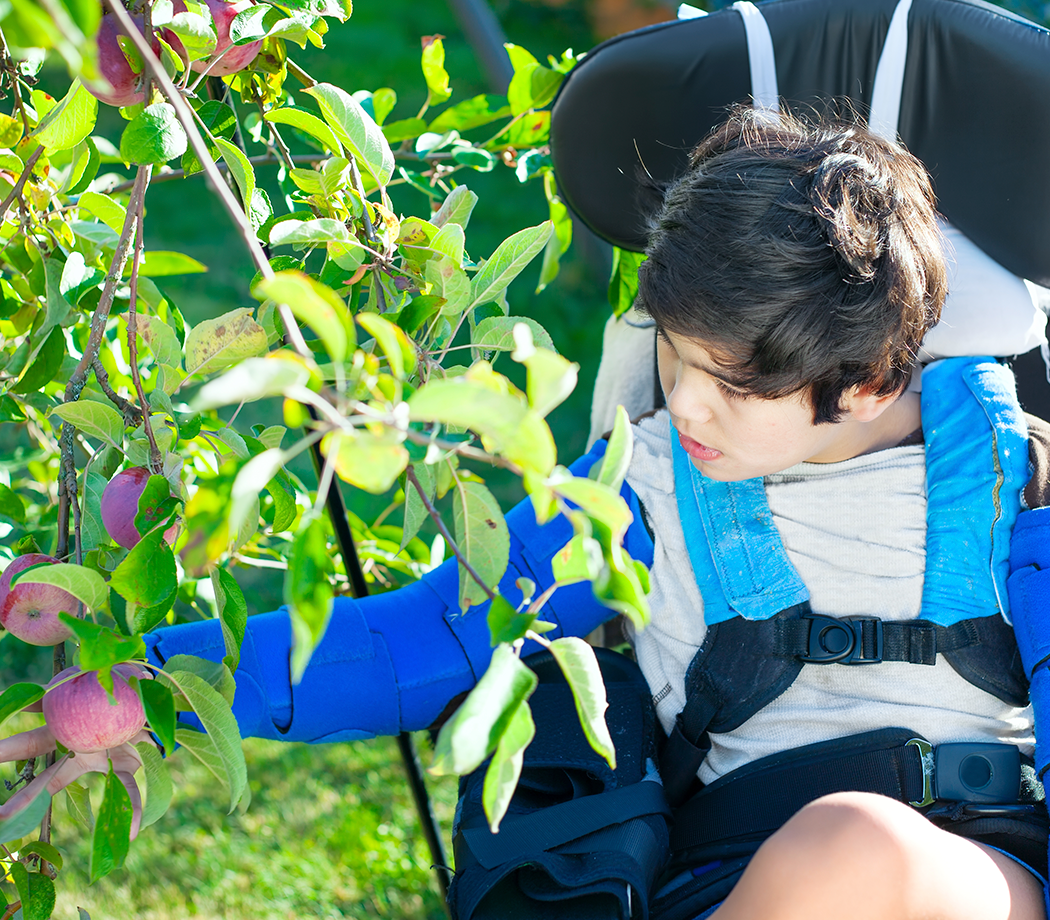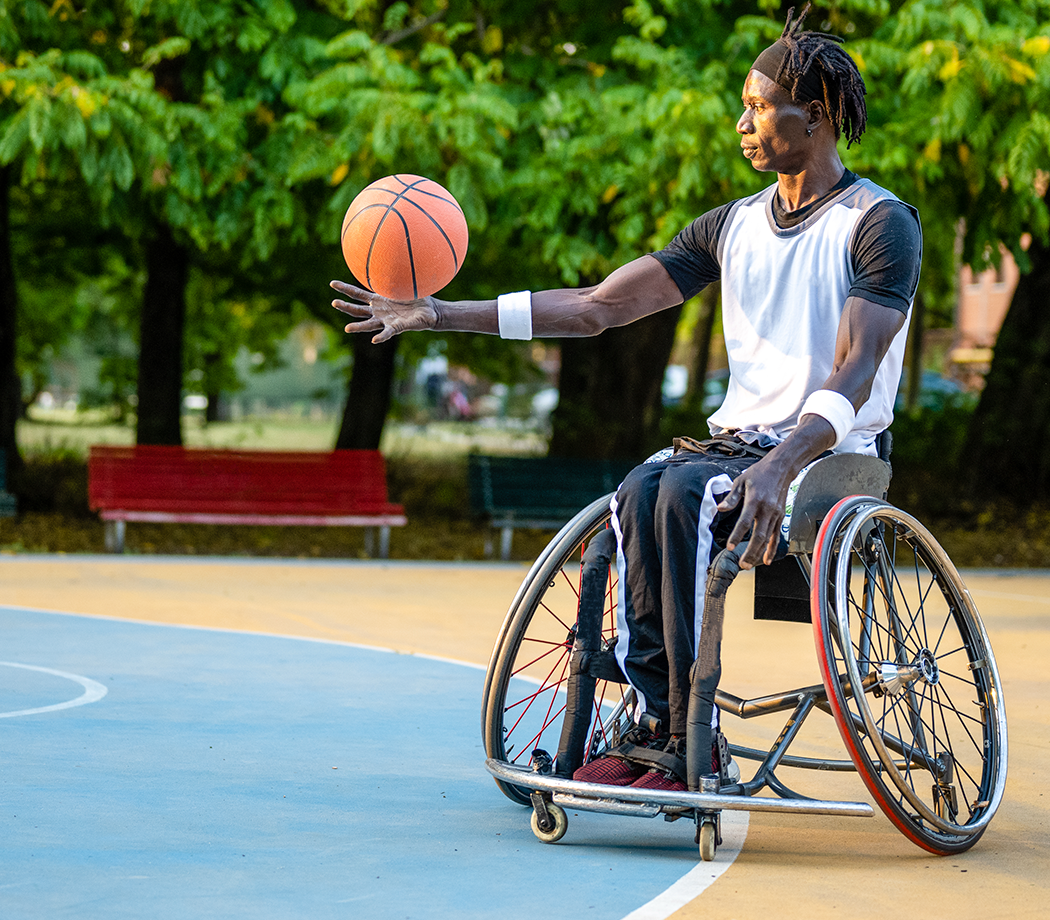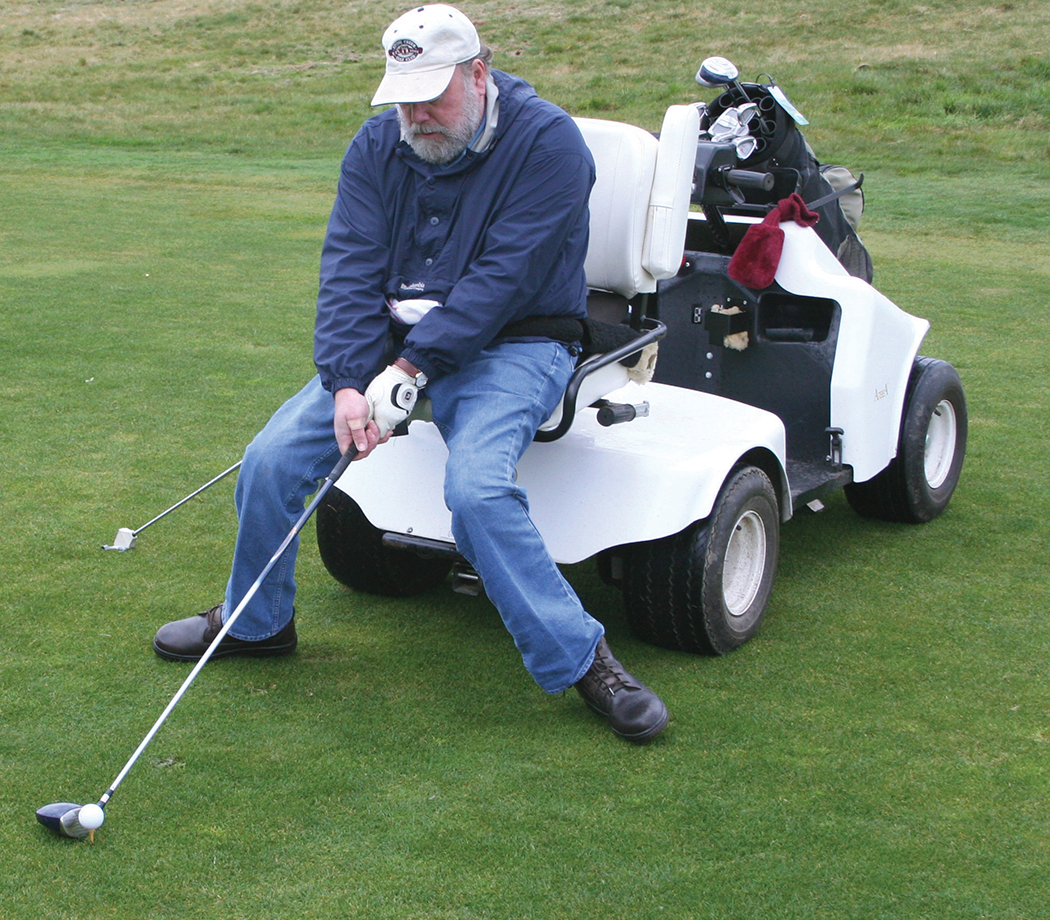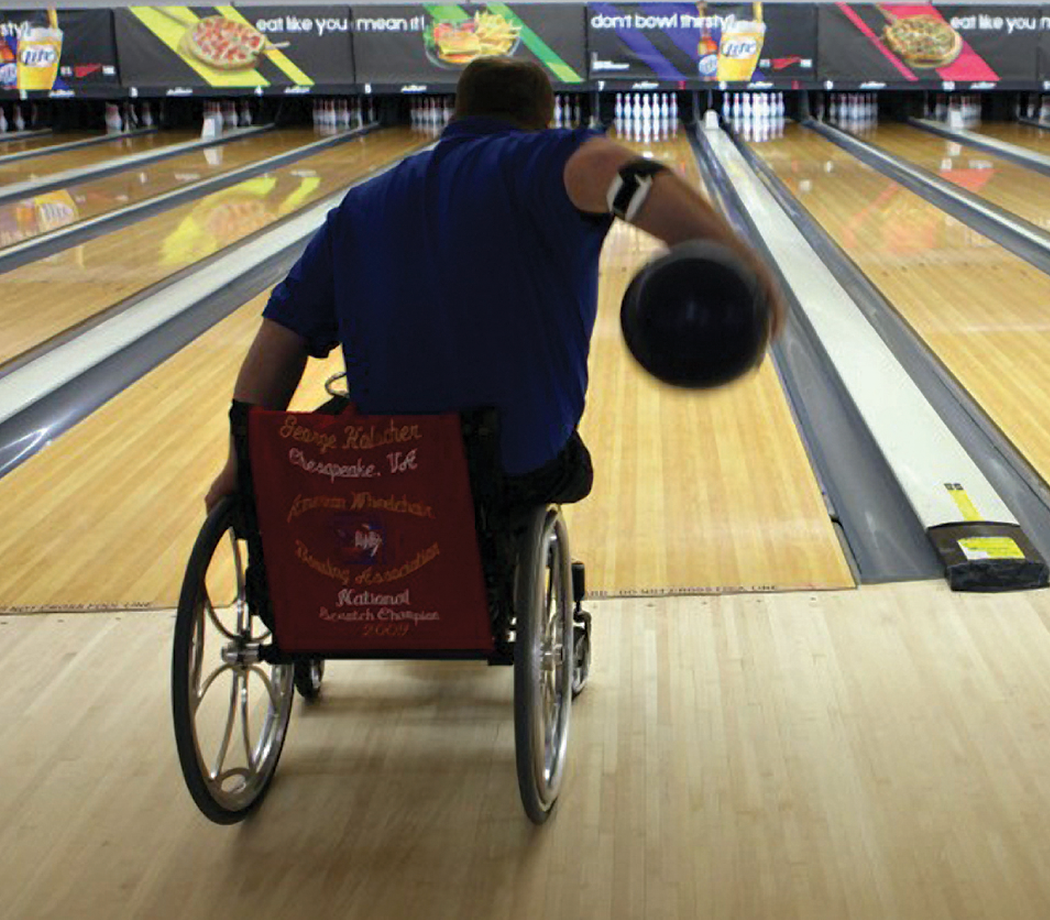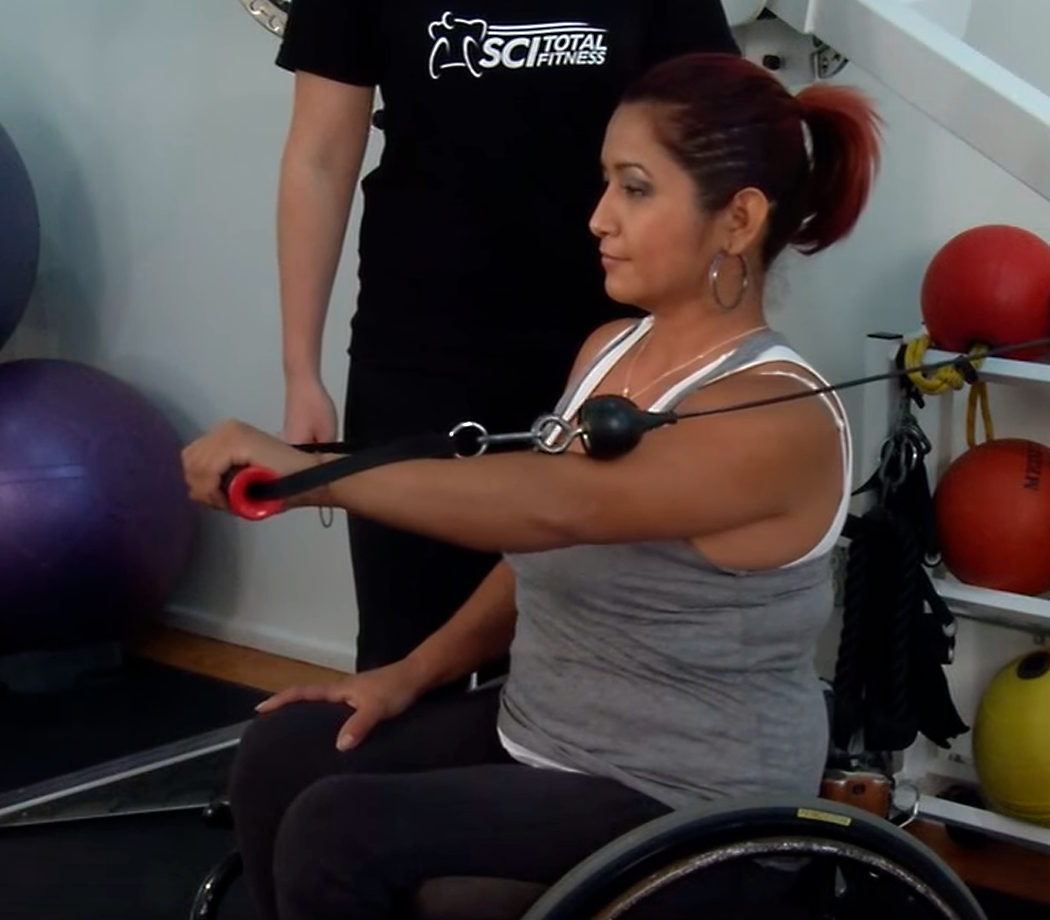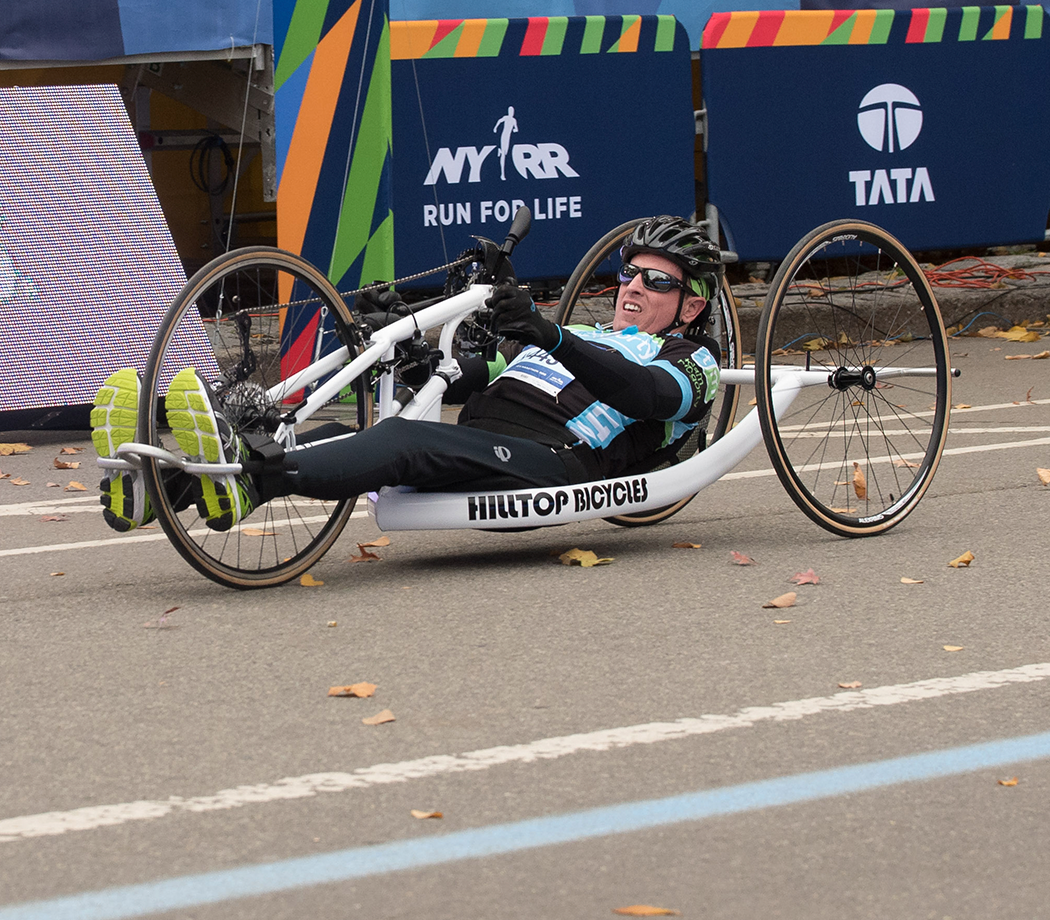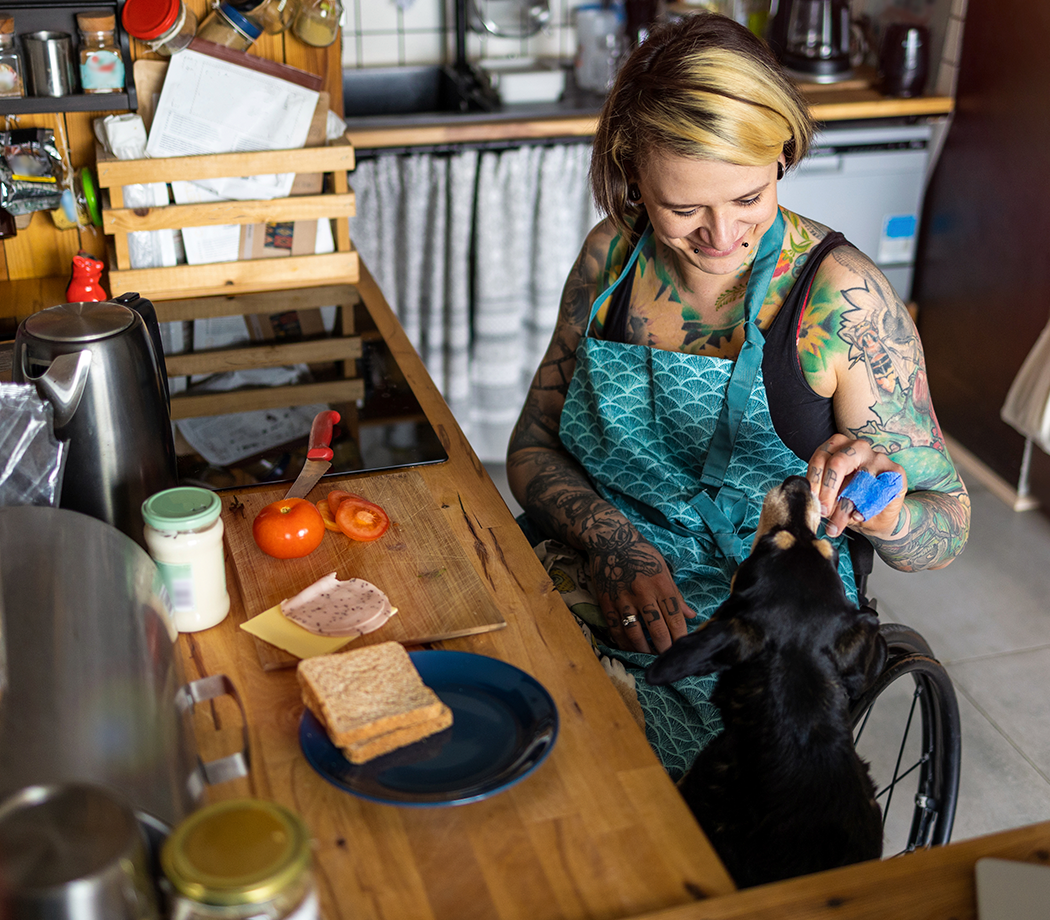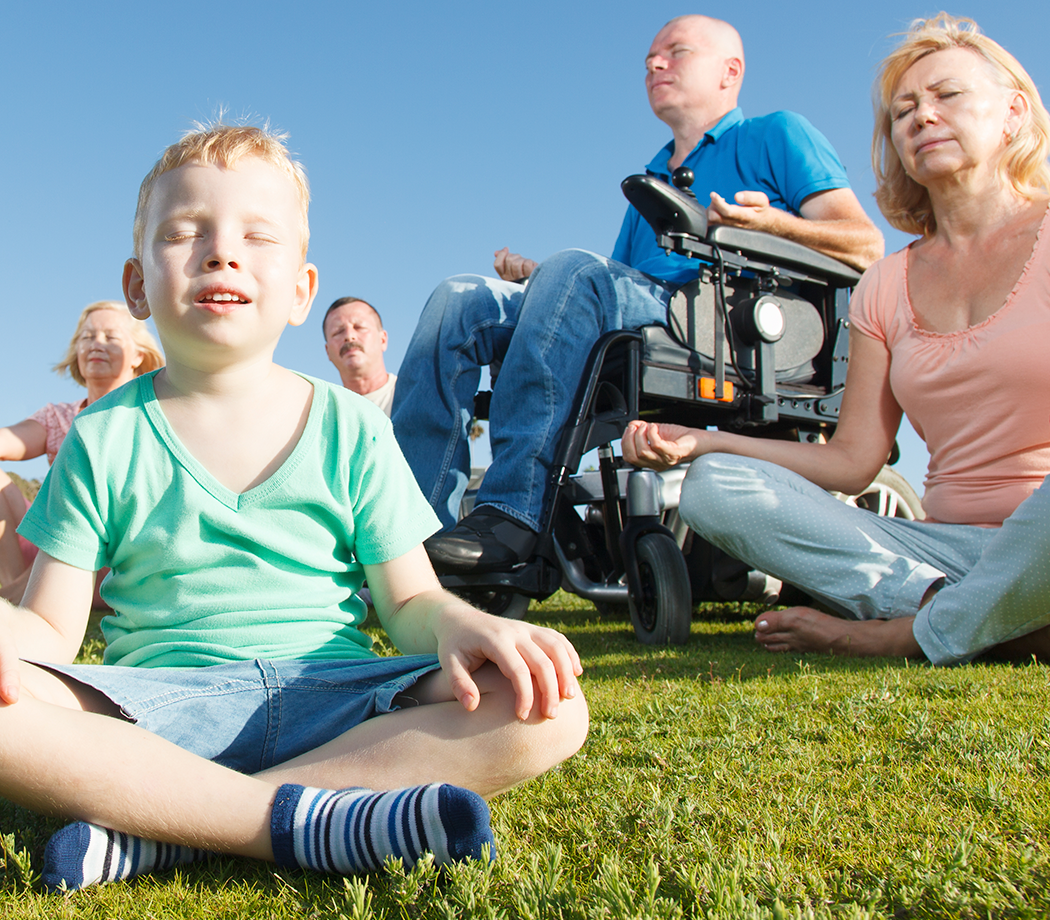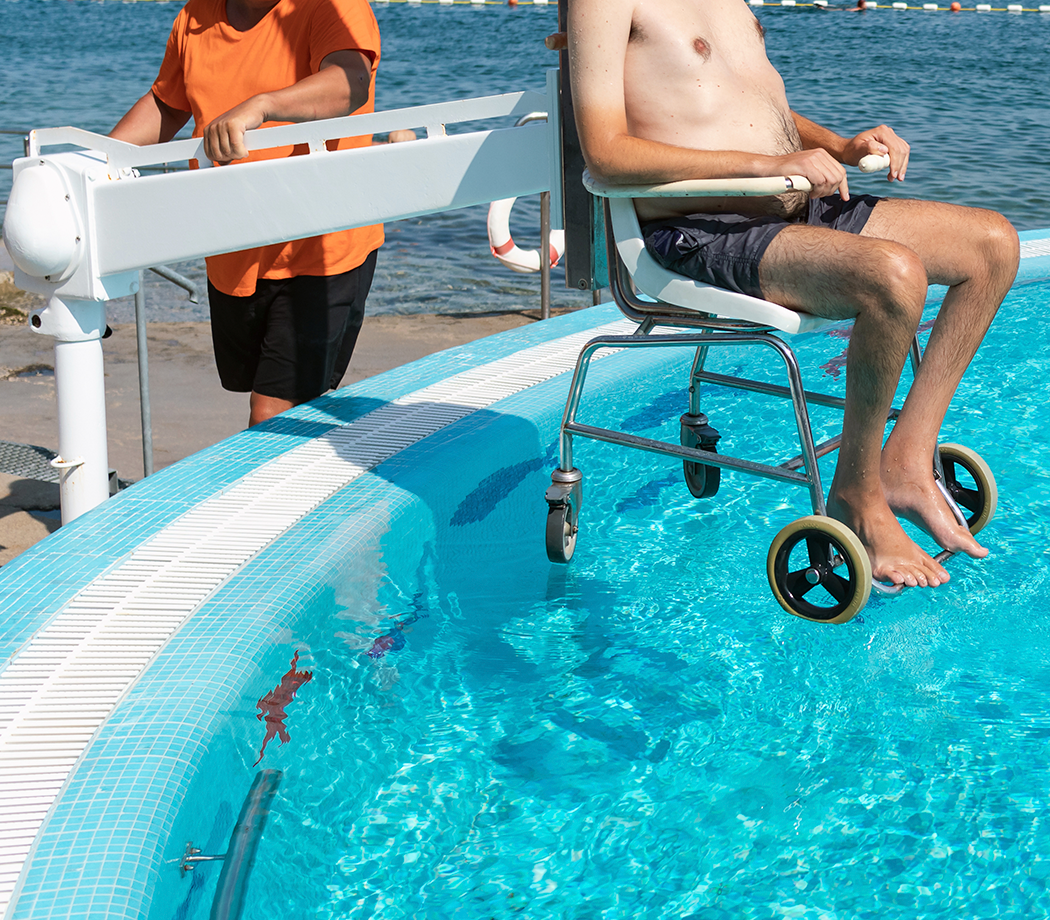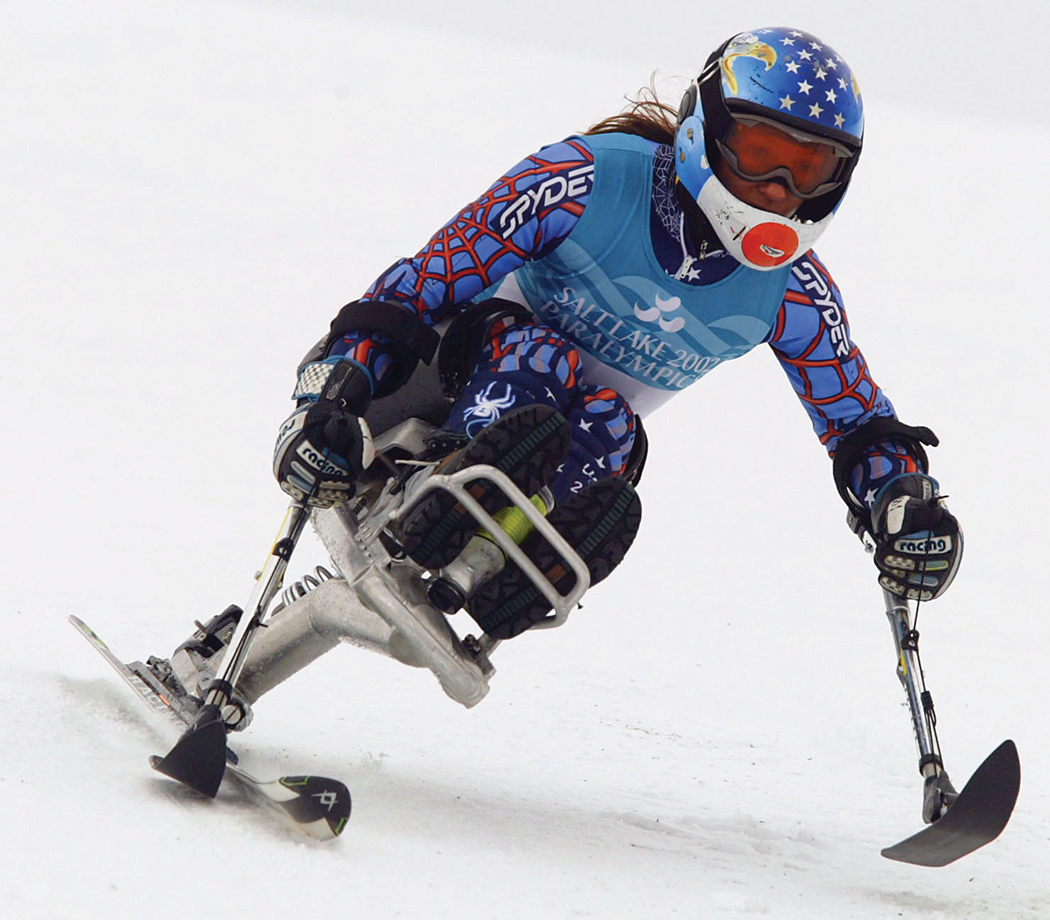Video series: Yoga For Your Health
The creative light behind these videos is Matthew Sanford, an accredited yoga instructor who has paraplegia with limited trunk mobility. He started his yoga business, Mind Body Solutions, to share the benefits he received from yoga with the wider disability community. In 2009, Matthew and Mind Body Solutions won one of our Quality of Life grants to create an adaptive yoga practice DVD.
As an outgrowth of this project, Matthew made a series of short videos for us with a few of his students, and they’re inspiring to watch. Students tell their stories, and then demonstrate poses that are part of their practice and describe how each of the poses makes them feel.
Discover the Mind-body Connection With Yoga
Matthew Sanford
teaches the ancient secrets of yoga, even though he can’t do the most
basic yoga moves. Forget about the downward facing dog. He can’t do the
dolphin, either, not without a lot of props. If you think yoga in terms
of its physical new-age pretzel logic, Sanford, who has paraplegia
without much trunk stability, would be hopeless before the gods of
gravity.
Tiffany Carlson
Tiffany Carlson feels that practicing yoga makes her feel more alive. She feels more feminine because yoga, makes her sit straighter, shoulders back, and chin up. This brings her more confidence and makes her feel more attractive.
She has limited function due to spinal cord injury. She says yoga makes her feel more
connected to her body, and therefore, “more feminine.” It’s a subtle feeling, but she says she feels the energy in her body. “I know I’m not getting better neurologically but with yoga I do feel more alive. And more attractive.”
Tiffany’s Yoga Poses
Tiffany practices all different yoga poses to help open up her body and have feelings she has not felt in a long time throughout her body. Each person has a different level of ability, yoga poses are adapted for each individual.
Kevin Bjorkland
Kevin Bjorkland, after his first session with Sanford, says he could feel “the outline of my entire body — for the first time ever. I really notice the difference when I practice yoga and when I don’t. When I don’t I’m not as content, I’m crabby, I’m out of whack.”
Kevin is a paraplegic and has been profoundly affected by his practice of yoga. He has been doing yoga for 5 years now. “That very first time doing yoga, I felt the entire outline of my body for the first time ever.”
Kevin’s Yoga Poses
Kevin is a high level paraplegic, despite this, his effort allows him to focus on the energy and the feeling of different poses from the top to the bottom of his spine.
Samantha Drost
Samantha Drost started yoga because she wanted to try and get back the feeling she used to have before her injury. With yoga she was able to work on her breathing, project her voice, and have the feeling of her weight being lifted.
Samantha is a quad with no hand function. “When you’re in a wheelchair you lose the feeling of being grounded,” she says. “Yoga gives me a body awareness; I can feel my weight on my sits-bones.” Drost adds that yoga improves her lung capacity and allows her to project her voice more. “I feel more confident and present in my body. I don’t disappear into my
chair. Now, people see me, not the chair.”
Samantha’s Yoga Poses
Samantha is a high level quadriplegic, despite this, practicing yoga relieves points all over her body of pressure. Different poses helps adjust her spine into alignment.
Joe Dailey
Joe Dailey has been profoundly affected by his practice of yoga. Not only has it made his transfers easier but it made him become aware of the connection to his whole body.
Joe, who sustained a C6-7 incomplete SCI in 2002, says it was bizarre to realize that the memory of the brain to nerve was possibly still viable. Now, he feels healthier and is able to
transfer more easily because of his developing a mind-body relationship.
Joe’s Yoga Poses
Joe is a high level quadriplegic, despite this, he is able to practice many yoga poses without assistance. Each person has a different level of ability, yoga poses are adapted for each individual.
Medical Disclaimer
Not all exercise is suitable for everyone. To reduce risk of injury, consult your doctor before beginning this or any exercise program.

